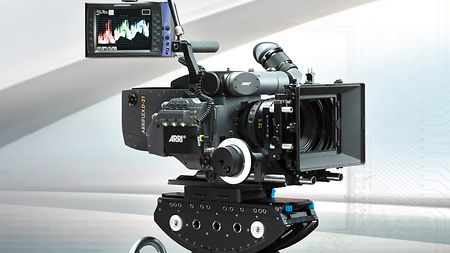The following year, the ARRISCAN came out. It had a 35 mm CMOS sensor to scan motion picture film up to 6K resolution. A new chain of events emerged. It was now called “workflow.” Films could be shot on film, digitized in real time to data files, edited, graded, assembled and then printed back out to film with an ARRILASER. The invention of the ARRISCAN led to faster conversion of film images to data files. Faster speeds led to lower costs of digitizing. The result was a creative revolution in the digital age of feature films that was previously restricted to the domain of high-end commercials because of cost. Now, entire features could be affordably scanned as digital intermediates, and highly talented, rock-star colorists worked with cinematographers on grading, power windows, secondary color correction, filter effects, smoothing selected areas and so on.
The ARRIFLEX D-20 was ARRI’s first digital cine camera, introduced in November 2005. It used the same CMOS sensor technology as the ARRISCAN, with a look that was indeed cinematic and a size that was familiar. It had the same aspect ratio and dimensions as traditional 35 mm film—something most other companies failed to recognize and a decision that probably assured the success of ARRI’s digital endeavors that would follow. Steps for the D-20 were tentative at first. It was to be a limited quantity experiment to test the digital waters, a rental-only camera, not for sale.
ARRI and ZEISS kept developing newer lenses that raised the bar in terms of sharpness, resolution and contrast. At NAB 2005, the ARRI/ZEISS T1.3 Master Prime lenses were introduced. T-shirts proclaimed, “Breathless!” and they truly were.
At NAB 2006, ARRI showed the ARRIFLEX 416—the next (and last) generation Super 16 mm camera. It combined ARRICAM technology with the styling of a 235, in a size reminiscent of the 16SR. It was ARRI’s last analog camera. Digital cameras were advancing faster than predicted.
